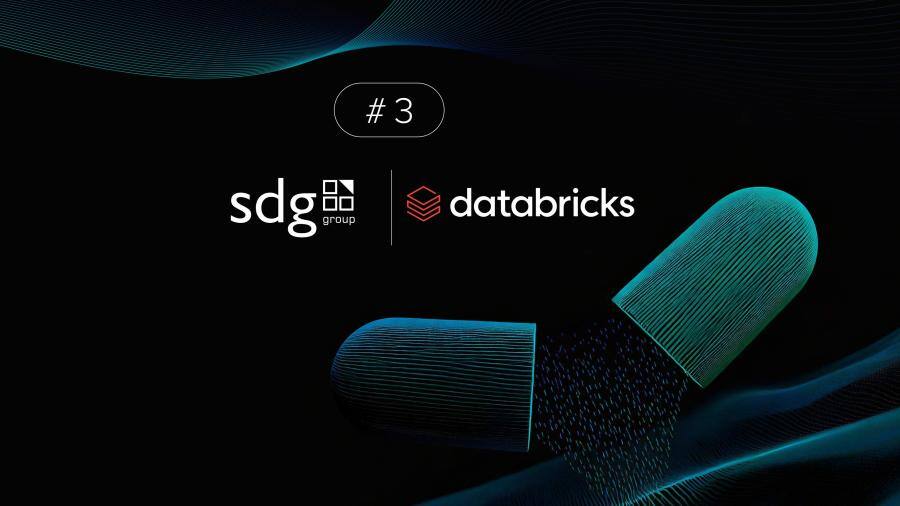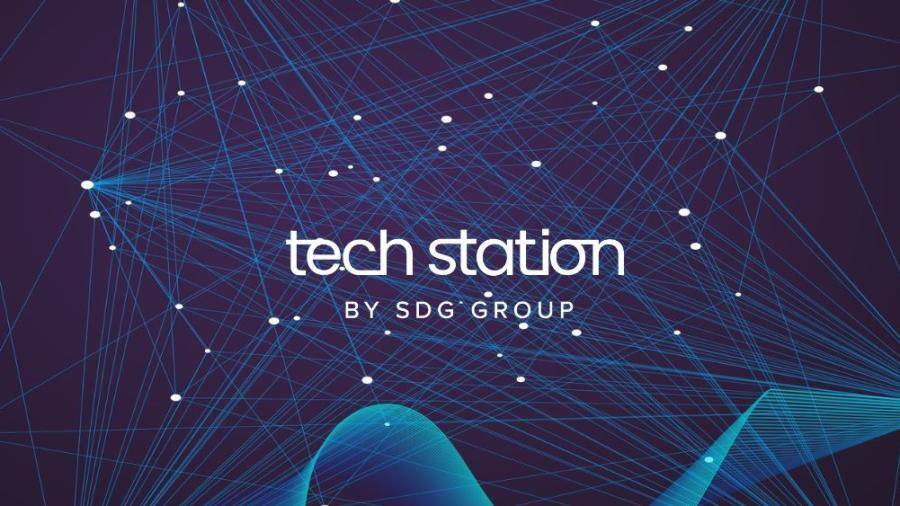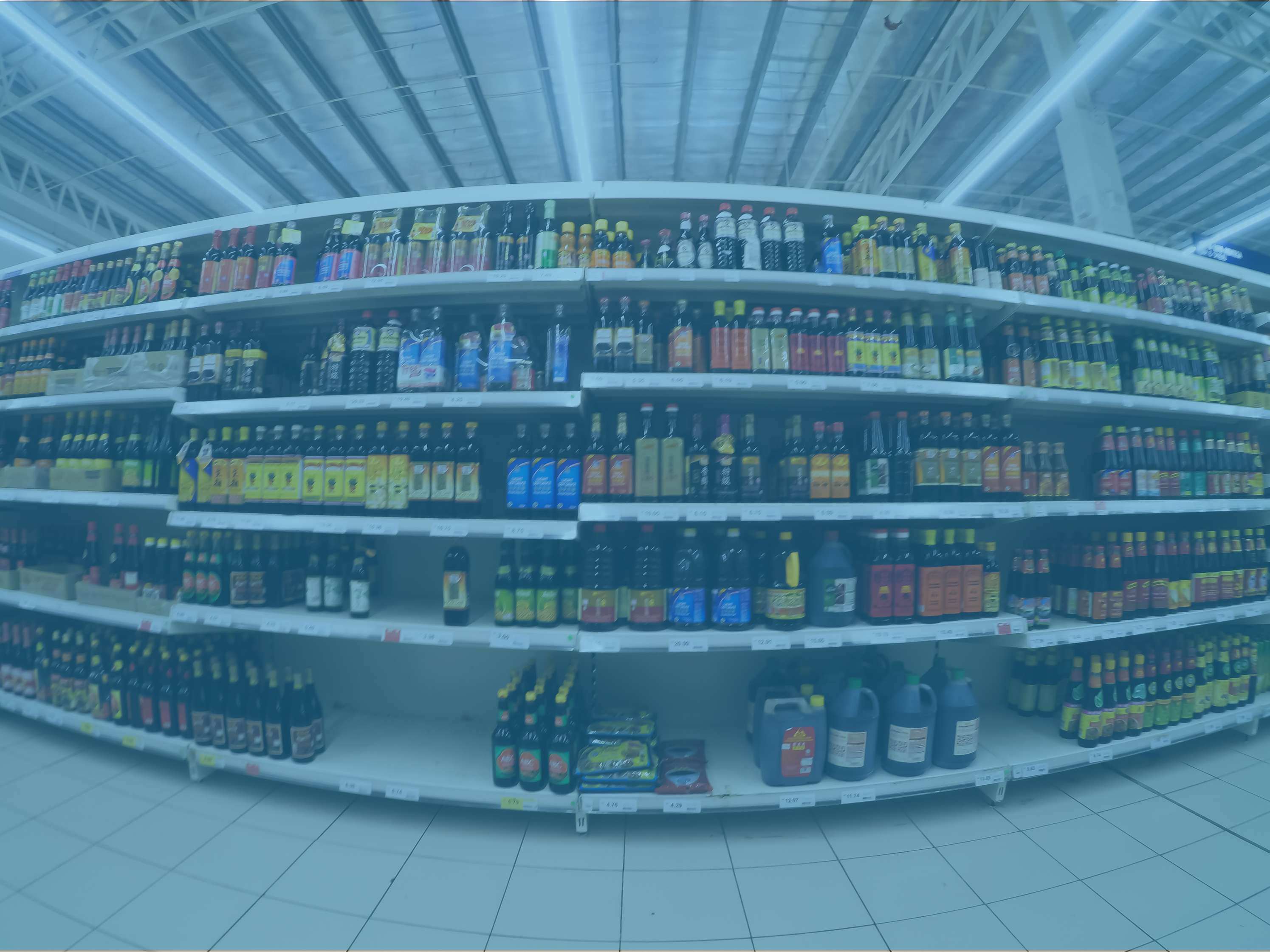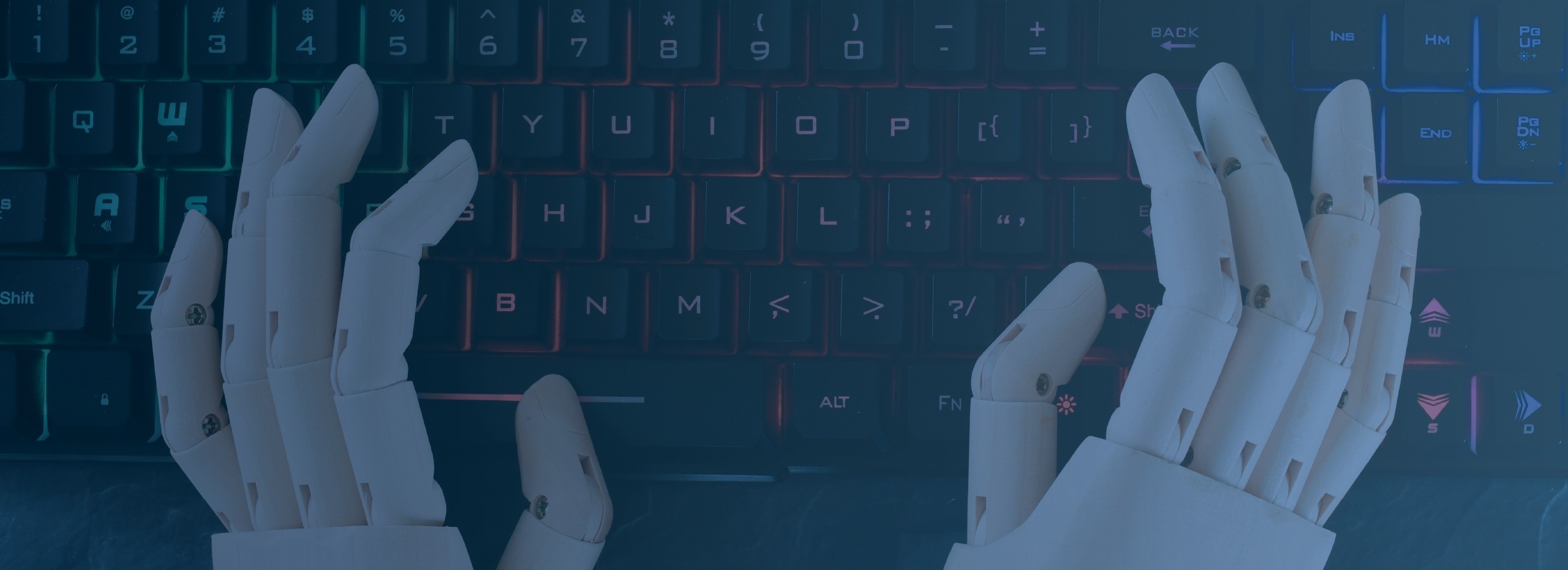Applying AI/ML techniques to accelerate the acquisition and integration of structured and unstructured data, ultimately generating deeper, more relevant insights in a compliant framework.
Traditionally, randomized controlled trials (RCTs) have been used to measure the efficacy of a drug or perform pharmacovigilance tasks once the drug has been marketed. For decades, this practice has been the most widespread. However, the drastic increase in the availability of electronic health data, combined with advances in Advanced Analytics and clinical research, have brought Real World Data (RWD) to the forefront of the pharmaceutical industry. RWD, or large volumes of real data that are collected outside the controlled restrictions of conventional randomized clinical trials, can significantly improve clinical practice and the consumption of resources. However, there are also several challenges associated with the application of RWD.

RWD: Challenges and Opportunities for the Pharmaceutical Sector
Cutting-edge technologies and processes are crucial to manage and govern data with high levels of efficiency and performance. Only with the presence of these technologies can the data (Real World Data) be properly analyzed and lead to evidence (Real World Evidence). The analytical processes that make it possible to convert data into evidence are, without a doubt, the key factors in the integration of RWD into drug development.
In order to carry out these analytical processes, a series of challenges must be taken into account:
- The speed of data availability: the variety of data sources (electronic health records, laboratory results, mobile devices, etc.) and the complexity of their integration and near real-time modeling is a barrier to rapid data availability
- The large volume (billions of records) of often unstructured data
- The need for standardization: the analytical processes needed to convert data into evidence rely upon standard data models that allow information from various systems to be crossed while also complying with relevant local country regulations
These challenges can be solved by implementing the appropriate Data & Analytics technologies, a proper and robust data architecture design, and the industry standard data models (e.g. OHDSI/OMOP) that facilitate scalability and regulatory compliance.
Integrating RWD into drug development is challenging, but new technologies and methods can alleviate any hurdles and lead to several advantages:
- Obtaining clinical results from a much broader population allows for enriched information with respect to the exclusive use of traditional techniques.
- RWD has a direct impact on accelerating time to market, thus reducing related costs once the safety, appropriate use, efficacy, and clinical and economic value of the drug have been verified.
- Integrating RWD helps to further advance data science teams within pharmaceutical companies. RWD provides data science teams with a flow of structured information that can be used to extract relevant insights for each use case or specific process.
Contact us today to learn how SDG Group works on the pillars of a Triple Expertise, incorporating business process skills, technological knowledge, and partnership with leading software providers to move your organization forward with RWD and other areas of Data & Analytics.
Original article in Spanish published in PMFarma. View here.
.png?width=2000&name=SDG%20-%20Logo%20White%20(1).png)




















